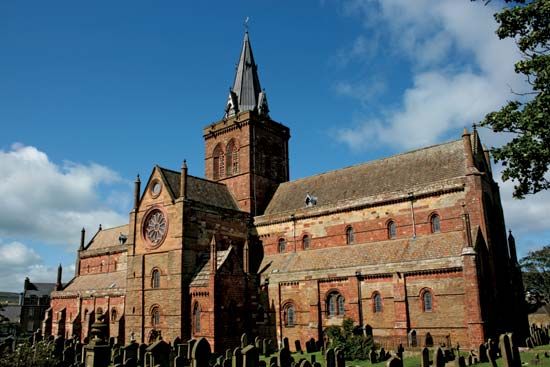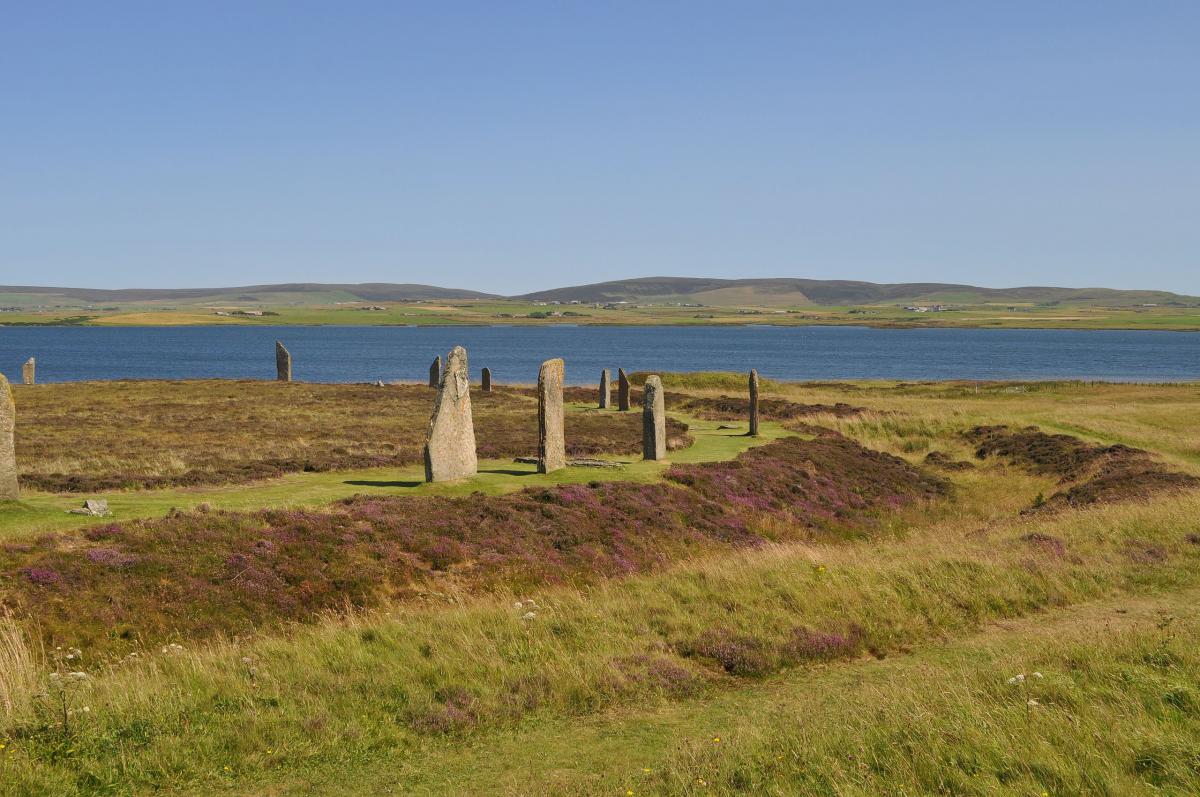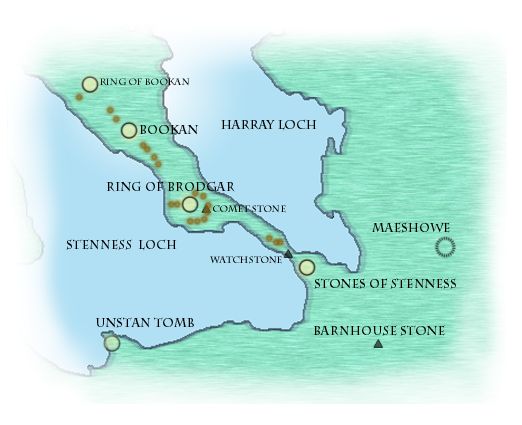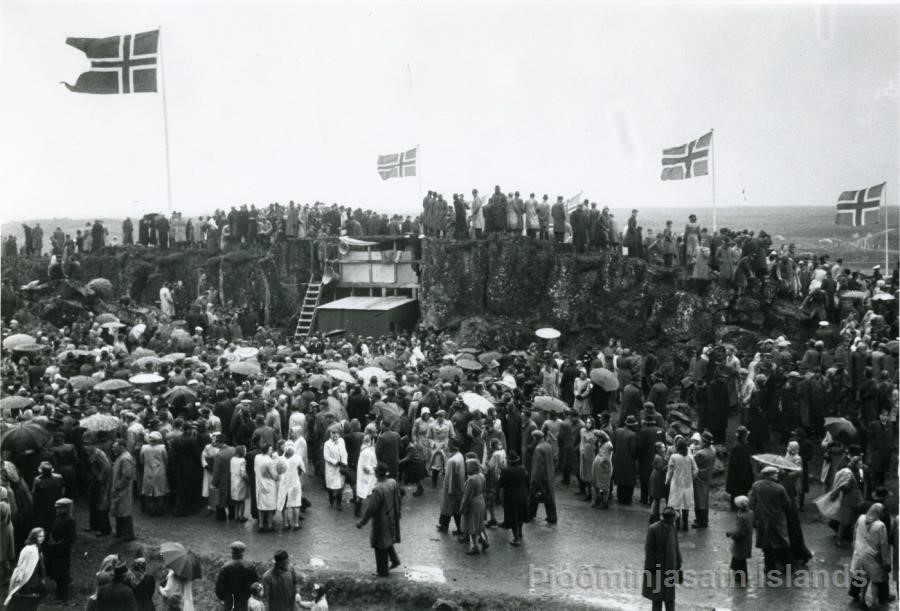
In Chapter 18 of The Flight of Gemma Hardy, Mr. Sinclair, Gemma, and Nell all travel to visit the St Magnus Cathedral in Kirkwall. The cathedral itself is significant to the town and to Mr. Sinclair’s family. Many family members were “christened” there, and Mr. Sinclair encourages Nell to “draw...picture[s] of the inside” (Livesey 190). According to the current St. Magnus Cathedral website, the church “is a place of stillness, of inspiration, of warmth, and is steeped in the presence of God.” Although the cathedral is an important place presently and at the time of the novel, the way it is described by the characters is almost satirical. For example, as Gemma admires the architectural aspects of the building,...
more



 In Margot Livesey's novel, The Flight of Gemma Hardy, Claypoole, the boarding school that Gemma attends and works at, was originally the ancestral home of Lord and Lady Minto, where they lived until both of their sons died in the second world war (Livesely 50). The older son is said to have died in North Africa, while the younger son is said to have died in the Atlantic Convoy. The North African campaign took place mainly in the Egyptian and Libyan desserts, as well as Morocco and Algeria (wiki). This campaign was split between the "Western Dessert Campaign" and the "Tunisia Campaign" (Wiki). The war front in North Africa was fought mainly by the British Commonwealth, which is "a political association of 54 member states, almost all of which are former territories of the British Empire" (Wiki).
In Margot Livesey's novel, The Flight of Gemma Hardy, Claypoole, the boarding school that Gemma attends and works at, was originally the ancestral home of Lord and Lady Minto, where they lived until both of their sons died in the second world war (Livesely 50). The older son is said to have died in North Africa, while the younger son is said to have died in the Atlantic Convoy. The North African campaign took place mainly in the Egyptian and Libyan desserts, as well as Morocco and Algeria (wiki). This campaign was split between the "Western Dessert Campaign" and the "Tunisia Campaign" (Wiki). The war front in North Africa was fought mainly by the British Commonwealth, which is "a political association of 54 member states, almost all of which are former territories of the British Empire" (Wiki). 